This article is the second of a 2-part series, outlining steps that President Trump should take to maximize the chance for a successful, or at least not disastrous, outcome in his forthcoming meeting with North Korean leader Kim Jong-un. Part 1 discusses the faults and risks, as well as the positive potential, inherent in Trump’s decision to meet.
Serious American foreign policy analysts and veterans—who all wish that we had a president who understood the value of alliances, diplomacy, a coordinated decisionmaking process, coherent public explanations of policy, and history—need to accept the reality that Trump will be our president for the next several years. We need to understand that decisions will continue to be made as if the White House were producing a reality TV show, with upcoming blockbusters like the Kim Jong-un Bonanza unrolled with little serious preparation. We can bemoan this, we can be embarrassed by it, we can launch our own broadsides at it. Many will be right, and most of it richly deserved. But to what end?
How should responsible critics of President Trump react to the seriously flawed initiative for the U.S. president to meet face-to-face with North Korean leader Kim Jong-un? I would offer nine specific suggestions for how to make it work passably and how to minimize the risks:
1Even though Trump has made clear that he thinks every U.S. president before him has been a catastrophic failure on North Korea, there is actually a lot to be learned from previous North Korea negotiations. He should meet with former officials with extensive experience in negotiating directly with North Korea, including Robert Gallucci, Christopher Hill, Glyn Davies, Danny Russel, and Wendy Sherman.
2Similarly, he should meet with the senior-most officials in previous administrations who wrestled with the North Korean nuclear issue, namely Bill Perry, Bob Gates, Robert Zoellick, Steve Hadley, and Leon Panetta. Additionally, he should meet with America’s senior foreign policy statesmen who did not deal with the North Korean nuclear issue, because it arose after their time, but who bring lifetimes of experience confronting war and peace issues, namely Henry Kissinger, George Shultz, and Brent Scowcroft. (A normal president would also see the enormous value in meeting with the former presidents and secretaries of state who have overseen the North Korean issue over the last 30 years, but given this president’s disdain for all of them, this is probably a bridge too far.) Such meetings should be occasions for genuine contributions by these statesmen, not televised reality shows or photo ops.
3Trump needs to understand the realities of North Korea’s nuclear capabilities and ambitions, and he can best learn these from scientists who have seen the program. He should meet with Siegfried Hecker, who has visited North Korean facilities more often than any foreigner (and is former head of Los Alamos laboratory), David Albright, and the director of the International Atomic Energy Agency.
4There cannot be a productive meeting unless it is advanced by a competent and trusted administration official. It is hard to imagine who that might be, with the North Korea negotiator (Joe Yun) having resigned, with Secretary of State Rex Tillerson seemingly out of the loop, and with National Security Advisor H.R. McMaster’s future uncertain. But Trump cannot simply show up at a meeting with Kim without extensive preparations, which means having a trusted official travel to and from Pyongyang and meet with Kim before the May meeting. It would probably need to be someone of the stature of General John Kelly, or some new temporary prestigious hire.
5The venue of the meeting must be chosen with care. Trump should not honor Kim by visiting North Korea (though he might be tempted by what doubtless would be the largest and most lavish military parade in his honor he could ever experience). Traveling to Panmunjom, in the demilitarized zone between North and South Korea, would also be undesirable, as it would be elevating Kim’s status by attending the meeting on his virtual grounds. Inviting Kim to the United States should be categorically ruled out, as Kim has done nothing to earn such an honor. A visit to the United States by a murderous tyrant who has issued regular threats to destroy the United States is not something that should be contemplated until the end of a process producing denuclearization of North Korea. Beijing and Moscow, as nominal allies of Kim, would be unsuitable, and Beijing as a venue would be deeply troubling to Japan (and probably unacceptable to Kim, though that is his problem, not ours). That leaves possibilities such as Singapore, Mongolia (which has decent relations with North Korea), Geneva, and doubtless others. The challenges of arranging a meeting with Kim outside North Korea are serious, because dictators are careful about traveling abroad since they want to be sure they still have a country to return to (Kim has never traveled abroad as leader).
6Kim will be happy with a meeting that simply produces photo ops of the two smiling presidents and gushing media tributes to the new age of peace they are ushering in. The fact of the meeting itself is 90 percent of what Kim wants. For all his self-esteem as a dealmaker, Trump cannot be trusted to negotiate a nuclear agreement, concerning issues of massive complexity with a long convoluted history, and one assumes he will not try to do so. The meeting should serve mainly as a signal to the international community that the two sides are not bent on conflict, and do not have hostile intentions toward each other or America’s Asian allies. It should aim to produce a short declaration of peaceful intentions announcing that each side has appointed a senior official to undertake the arduous task of negotiating an agreement on denuclearization of the Korean peninsula (which the United States should define as the denuclearization of North Korea), in exchange for normalization of relations between the United States and North Korea and appropriate long-term arrangements for keeping the peace in Northeast Asia.
7There needs to be detailed consultation with allies and partners before the meeting. It is good that Japanese Prime Minister Abe is visiting the United States in April. Obviously there will be extensive consultation with South Korean President Moon Jae-in, and Moon should visit Washington. Chinese President Xi Jinping needs to be consulted early and often.
8The Trump administration should exempt South Korea from its ill-advised tariffs on steel and aluminum imports, and should put U.S. Trade Representative Lighthizer on a very tight leash as he renegotiates the U.S.-South Korea Free Trade Agreement. Now is not the time for gratuitous splits with our key ally on the North Korea issue. Trade disputes can and should be negotiated, but not through means contrary to World Trade Organization norms nor reeking of extortion.
9The meeting should be exclusively focused on charting the path forward to achieve denuclearization of North Korea and not be diverted to side issues. The one exception is that Trump should press for the release of Americans imprisoned in North Korea in conjunction with the meeting, either before or not long after.
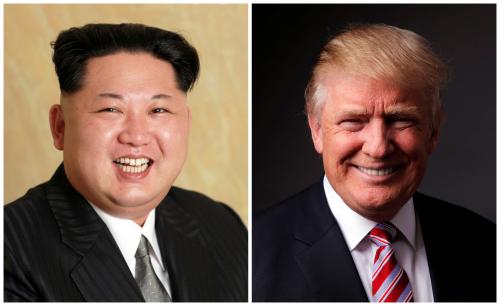
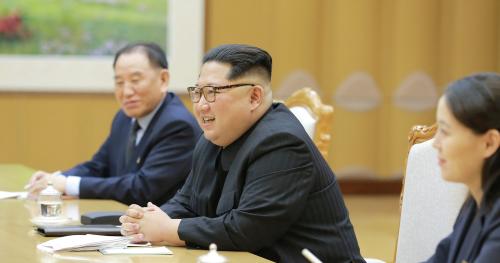
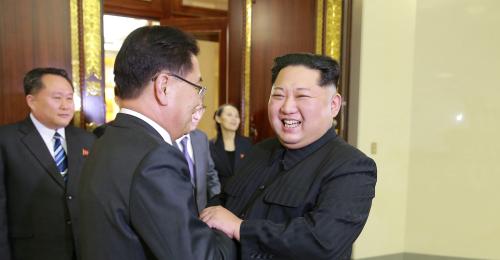
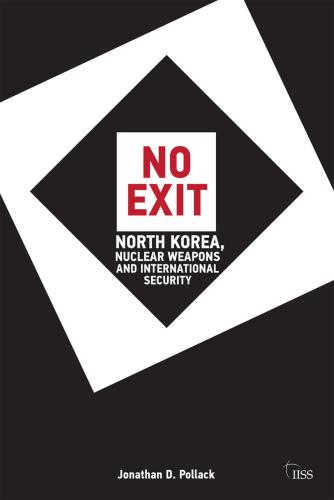
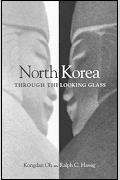
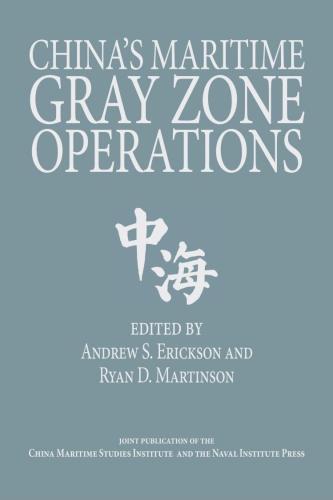

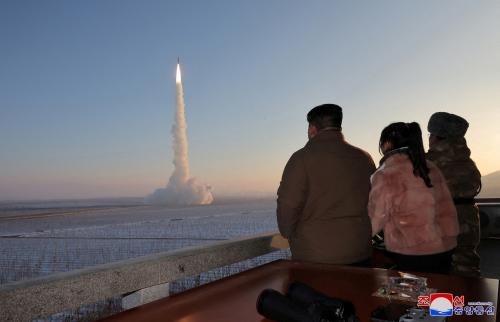
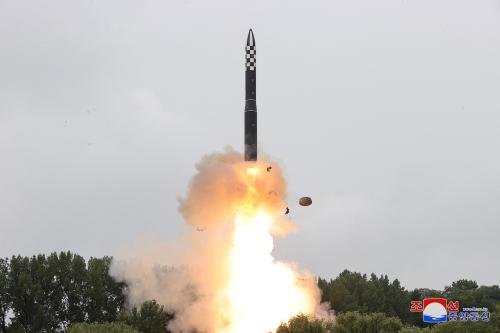
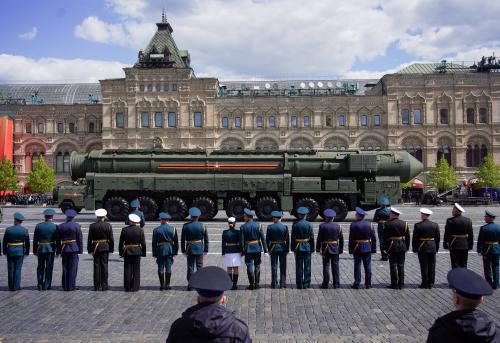
Commentary
9 things Trump should do before he meets with Kim Jong-un
March 12, 2018